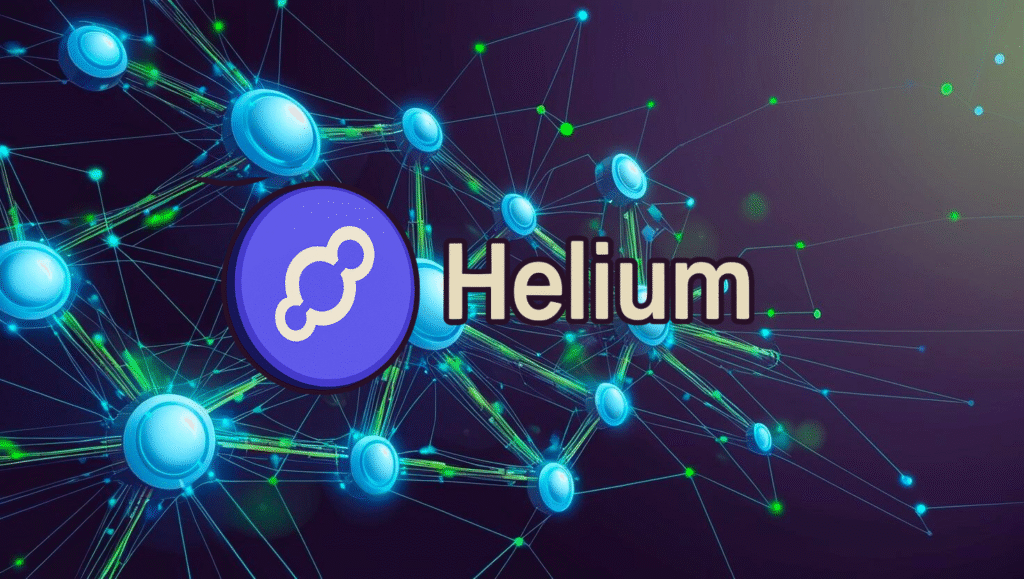
The Helium Network, a pioneer in decentralized wireless technology, announced Sunday that it has surpassed 1 million connected phones on its network, marking a major milestone in the evolution of blockchain-powered telecommunications.
The achievement, revealed in a celebratory post on X, formerly Twitter, signals rapid user adoption of Helium’s unconventional model. Rather than relying on centralized telecom giants, Helium leverages a community-powered system where users deploy and operate wireless hotspots in exchange for cryptocurrency incentives.
“A major milestone! 1M+ phones connected to the Helium Network today,” the post read. “Helium is scaling like never before – and it’s all powered by people.”
Founded on the Helium blockchain, the network rewards users with Helium Tokens (HNT) for providing wireless coverage. Those tokens are then burned to generate Data Credits, which are used to pay for services like data transfer. This closed-loop system has helped the network grow organically, with economic incentives aligned to promote infrastructure expansion.
Helium’s architecture comprises two core components: Helium IoT, a global low-power network for devices and sensors, and Helium Mobile, a decentralized cellular network targeting traditional coverage gaps in neighborhoods, venues and underserved regions. The recent milestone is largely attributed to the accelerated rollout of Helium Mobile.
The Helium Foundation has also pledged $50 million in grants to expand coverage and accessibility worldwide. This funding aims to support ongoing efforts to scale the network’s capacity and stability. Discussions within the Helium community have floated a proposal to migrate core infrastructure to the Hedera blockchain, citing Hedera’s performance, governance transparency and security as possible upgrades for long-term scalability.
Despite the positive trajectory, Helium’s decentralized model faces inherent challenges. Scaling a global wireless network through community participation requires continuous innovation in speed, reliability, and user trust. Maintaining security and ensuring efficient coverage without the centralized oversight typical of traditional telecoms presents ongoing technical hurdles.
Nonetheless, the 1-million-phone milestone underscores the viability of decentralized connectivity as an alternative to traditional networks, which often suffer from high costs and limited service in rural and underserved areas.
Helium’s progress highlights a broader shift in the telecommunications landscape, where blockchain technology and user-owned infrastructure offer a path toward more equitable and resilient access. As it scales, the Helium Network is positioning itself not only as a disruptor in wireless service delivery, but also as a model for community-driven innovation in the Web3 era.











 Join our Telegram Channel
Join our Telegram Channel